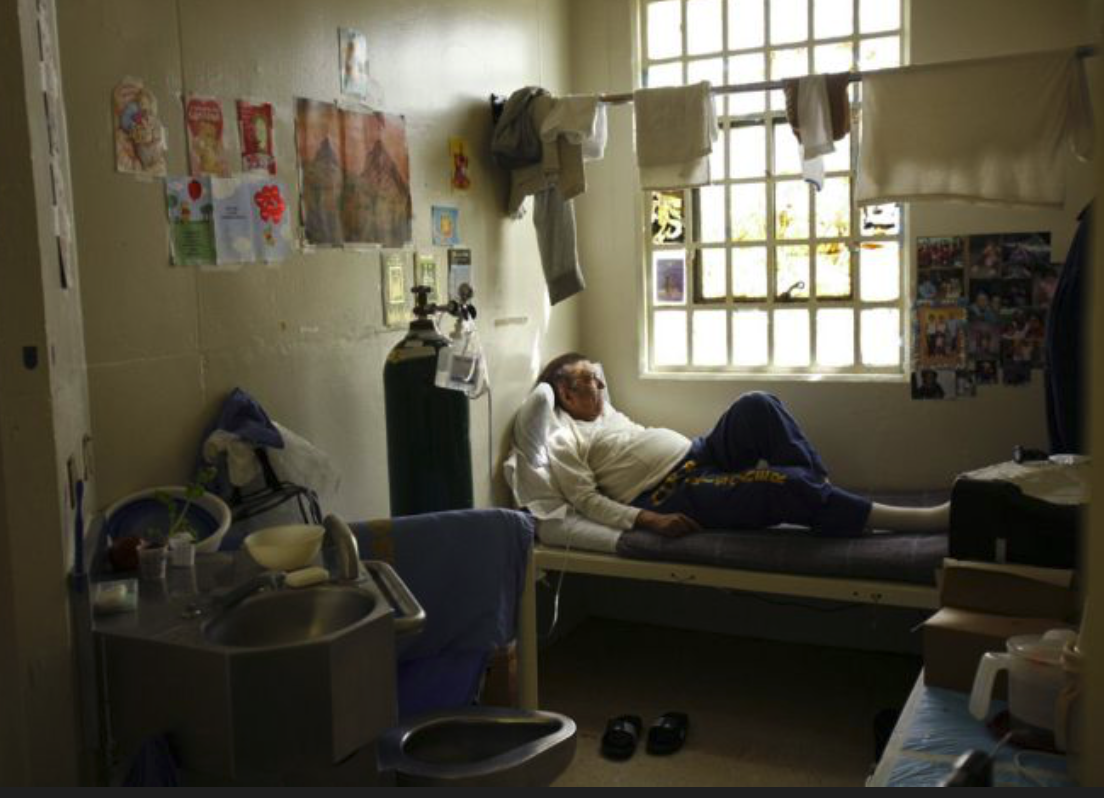 Should All Lifers Be Lifers?
Should All Lifers Be Lifers?
Nationwide, there are 204,000 people serving life sentences with or without the possibility for parole. And the number of life sentences without the possibility of parole is up 66% since 2003. Some people may need lifetime incarceration, but many do not.
Perhaps with good intentions, President Clinton's 1994 Crime Bill with its "three strikes" mandatory life sentence fed the fire of mass incarceration and actually did little to reduce crime. With recidivism up in the 70% range, "three strikes" became a low bar to reach and the law demanded automatic life sentences as judges no longer had the option of a more reasonable decision.
There is strong criminological evidence that life prison terms, with or without parole, do little to improve public safety because eventually people “age out” of the statistical criminal age group. The latest surveys show that 30% of lifers are over 55 years old and many are serving life sentences for crimes they committed before they were 18.
At 2nd Chance Indiana, we meet and deal with many reentrants in their 50s and 60s who have spent 20 to 40 years in prison. Inevitably, they are not the same person who committed a crime. All they hope for is a job, reunion with their families, and the freedom to live a peaceful life. If these people have gained wisdom in the decades they have spent imprisoned, many of those with life sentences surely should be reviewed.
Whether they be lifers or not, at some point, we have to ask ourselves: Is it really beneficial to hold thousands of aging men and women in overcrowded prisons, three and four decades after a crime has been committed, with little or no possibility they will return to crime?
Many will respond that a murderer or rapist should never be given freedom, I get it. But, we must consider the huge cost to run ever-larger prisons, and the fact that rehabilitated former prisoners are often the best anti-crime examples as they reenter their communities. Also there is a movement toward diverting the money we are spending on punitive (rather than reformative) incarceration to better fund policing, drug treatment, and meaningful preschool programs that have been found to reduce rates of abuse and neglect and yield lower arrest rates as the children grow up.
Considering all that, perhaps we could re-think the way our society could work if we didn't require life sentences and allowed judges to let the punishment fit the crime.
People can change,
Nancy








